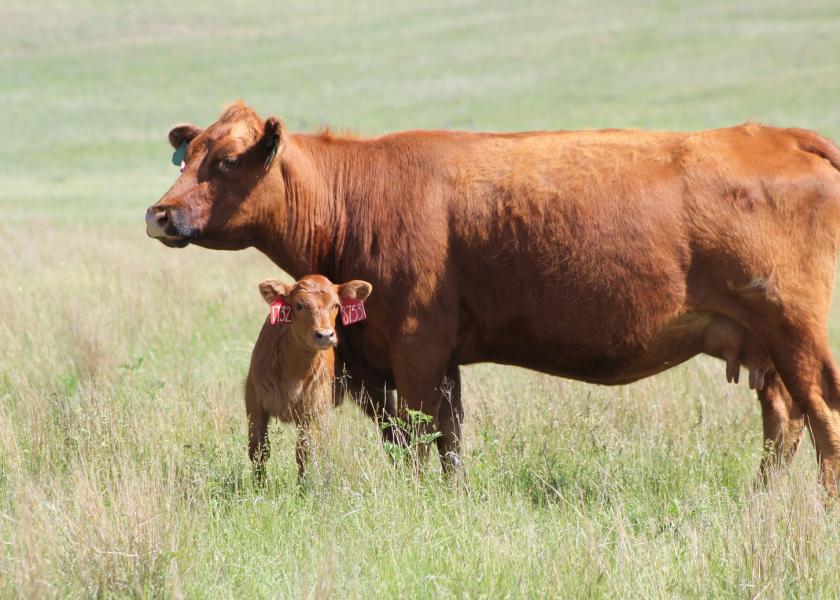Glenn Selk: Prolonged Labor Affects Post-Calving Re-Breeding

Calving difficulty is one of the greatest causes of baby calf mortality. Consequently, the rationale for providing timely assistance to cows or first calf heifers generally concentrates on the survival and health of the calf. However, calving difficulty resulting in prolonged labor can have adverse effects on the cow as well. Although calving difficulty impacts a small percentage of the herd each year, the hidden costs that result from prolonged labor can adversely affect profitability.
Cattle suffering from calving difficulty have been reported (Brinks, et al. 1973) to have pregnancy rates decreased by 14% and those that did become pregnant to calve 13 days later at the next calving. Results from a Montana study (Doornbos, et al., 1984) showed that heifers receiving assistance in early stage 2 of parturition returned to heat earlier in the post-calving period and had higher pregnancy rates than heifers receiving traditionally accepted obstetric assistance. In this study, heifers were either assisted when the fetal membranes (water bag) appeared (EARLY) or were allowed to progress normally and assisted only if calving was not completed within two hours of the appearance of the water bag (LATE).

Heifers that were allowed to endure a prolonged labor had a 17% lower rate of cycling at the start of the next breeding season. In addition, the rebreeding percentage was 20% lower than the counterparts that were given assistance in the first hour of labor. First calf heifers should deliver the calf in about one hour. The starting time is the first appearance of the water bag and ends with complete delivery of the calf. Mature cows, that have calved previously, should proceed much faster and should deliver the calf in about a half hour. Prolonged deliveries of baby calves (in excess of 2 hours) often result in weakened calves and reduced rebreeding performance in young cows!







